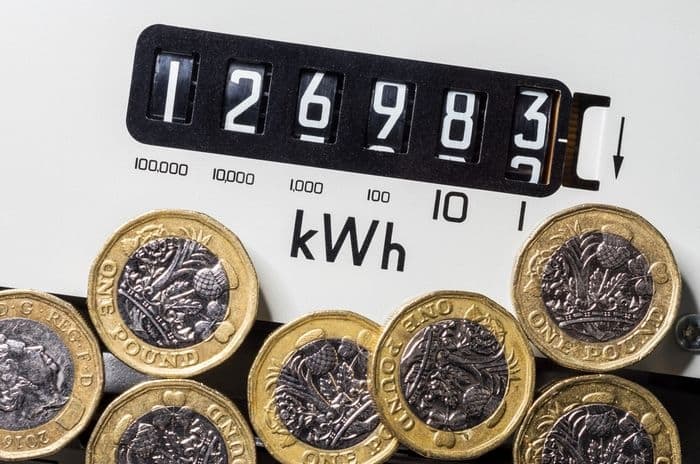Home > Energy > News > New and existing energy customers to get same deals
New and existing energy customers to get same deals
New short-term rule from regulator Ofgem means energy suppliers must offer the same tariffs to new customers as well as existing ones.
It's a time limited change that Ofgem will assess again before September 2022 to see if it's helping the market.
A separate Market Stabilisation Charge is also being introduced to protect providers from losing customers if the wholesale price of energy falls.
Another proposed measure to charge exit fees on standard variable tariffs (SVTs) has not been taken forward.

Tariffs
Energy providers will now have to ensure they are offering the same tariffs to existing customers as new customers thanks to a new rule from Ofgem.
It means existing customers will have confidence that the tariff they are being offered from a provider is also the one on offer to new customers, ensuring they don't feel their loyalty is costing them money.
Ofgem say it would reduce the incentive for energy suppliers to significantly lower their prices to acquire new customers in a way that would ensure financial resilience across the sector.
This is a short-term measure that Ofgem is initially implementing until the end of September 2022.
Market Stabilisation Charge
The other measure that Ofgem have decided to go forward with is the Market Stabilisation Charge. This will only apply between April and September 2022, only coming into force if Ofgem believe it would benefit energy customers.
If wholesale energy prices fall and energy customers switch away to a more competitive deal, suppliers may be left out of pocket.
The theory behind the move is that Ofgem could act to stop some suppliers drastically undercutting others if prices fall, but it would also ensure that providers could buy enough energy on the open market to cover their customers without the unmitigated risk those customers will leave.
It's a complicated measure and one that Ofgem will only implement if prices were to fall between 30% and 50% compared to the summer price cap figure.
As such, it's highly unlikely to be required, with volatility in the energy market set to continue in the months ahead.
Protecting the market
Ofgem has been roundly criticised during the ongoing energy crisis for failing to act to protect customers and for being too slow to react when wholesale prices began to climb, so much so that a committee of MPs is currently looking into the market and its failures over the last year.
In that sense, it's positive that the regulator is putting new safety nets in place designed to protect both customers and providers, although it's notable that they decided not to move forward with one that would have allowed suppliers to charge exit fees on some variable tariffs.
While this would have been another temporary measure only to be implemented in a bid to stabilise the market, it would have blurred the lines between a fixed tariff and a variable tariff, especially in the eyes of customers.
Ofgem have already handed themselves the power to amend the price cap in extraordinary circumstances, meaning customers could still see bills go up within the cap period if required, plus the regulator is consulting on plans to change the cap level more regularly.
All this activity around rules, regulations and protections is welcome in one way as it shows the regulator is focused on the crisis.
However, there's no denying that implementing the wrong type of measures could limit switching between providers in the future, a move that could ultimately harm customers if prices are kept high across the board.
Read more about energy affordability and how effective the Government response is likely to be.

We are independent of all of the products and services we compare.

We order our comparison tables by price or feature and never by referral revenue.

We donate at least 5% of our profits to charity, and we have a climate positive workforce.
Get insider tips and the latest offers in our newsletter
Latest News

02 January 2024
Energy prices increase by 5%
23 November 2023
Energy price cap to rise 5% in January 2024
24 October 2023
Energy companies must do more to support customersGet insider tips and the latest offers in our newsletter



Comments